Discover how a powerful solar superstorm created rare metal clouds in Earth’s upper atmosphere, revealing new insights into space weather and its impact on our planet.
Introduction:
In a cosmic spectacle that left scientists stunned, a recent solar superstorm bombarded Earth’s atmosphere with charged particles, triggering the formation of rare metal clouds in the upper layers of our planet’s atmosphere. This extraordinary event, while invisible to the naked eye, has significant implications for space weather, satellite communications, and our understanding of Earth’s atmospheric chemistry.
What Is a Solar Superstorm?
A solar superstorm, also known as a geomagnetic storm, occurs when the Sun ejects an intense burst of solar wind—plasma packed with charged particles—toward Earth. These storms are powered by coronal mass ejections (CMEs), which can travel at millions of kilometers per hour, interacting with Earth’s magnetic field and atmosphere upon arrival.
When these charged particles reach our planet, they can induce stunning auroras and, in extreme cases, disrupt satellites, GPS, power grids, and even aviation.
Metal Clouds in the Ionosphere: What Are They?
While auroras often steal the spotlight during solar storms, this time, scientists detected something far more unusual—metal clouds made of elements like sodium, iron, and magnesium in the ionosphere, a region about 80–600 km above Earth’s surface.
These metallic particles originate from micrometeoroids and are typically present in trace amounts. However, the energy surge from the solar superstorm appears to have ionized and clustered these particles, creating visible cloud-like formations detectable by advanced instruments.
How the Storm Created Metal Clouds
The intense solar activity caused atmospheric heating and ionization at high altitudes. This energy stirred up the existing meteoric metal layers, causing them to:
Become electrically charged (ionized)
React with other elements in the atmosphere
Form structured metallic clouds that lingered for hours
This rare phenomenon was observed using ground-based LIDAR systems and satellite sensors, which detected abnormal metal density spikes and temperature fluctuations in the upper atmosphere.
Why This Matters: Real-World Impacts
While metal clouds might sound ethereal, they carry real consequences:
Communication Disruption: These clouds can interfere with radio waves, affecting satellite and military communications.
Navigation Errors: GPS signals can become less accurate due to ionospheric disturbances.
Spacecraft Risk: Increased drag from atmospheric expansion can threaten low-orbit satellites and space debris trajectories.
This event underscores the vital importance of monitoring space weather to protect modern technological infrastructure.
Scientific Significance and Future Research
The formation of metal clouds during a solar superstorm gives scientists a rare window into the chemical dynamics of Earth’s upper atmosphere. By studying these interactions, researchers can:
Improve atmospheric models
Predict future solar storm impacts
Design better satellite protection systems
This discovery also hints at how space weather may influence climate systems, though more data is needed to draw long-term conclusions.
Final Thoughts: A Celestial Warning
The recent solar superstorm and the creation of metal clouds in Earth’s ionosphere are not just scientific curiosities—they’re a powerful reminder of our planet’s vulnerability to solar activity. As we become increasingly dependent on space-based technology, understanding and preparing for these cosmic events is more critical than ever.
The sky may look calm, but above our heads, a storm of metals and magnetism may be unfolding—a silent drama of space and science.
Solar Superstorm Unleashes Rare Metal Clouds in Earth’s Upper Atmosphere
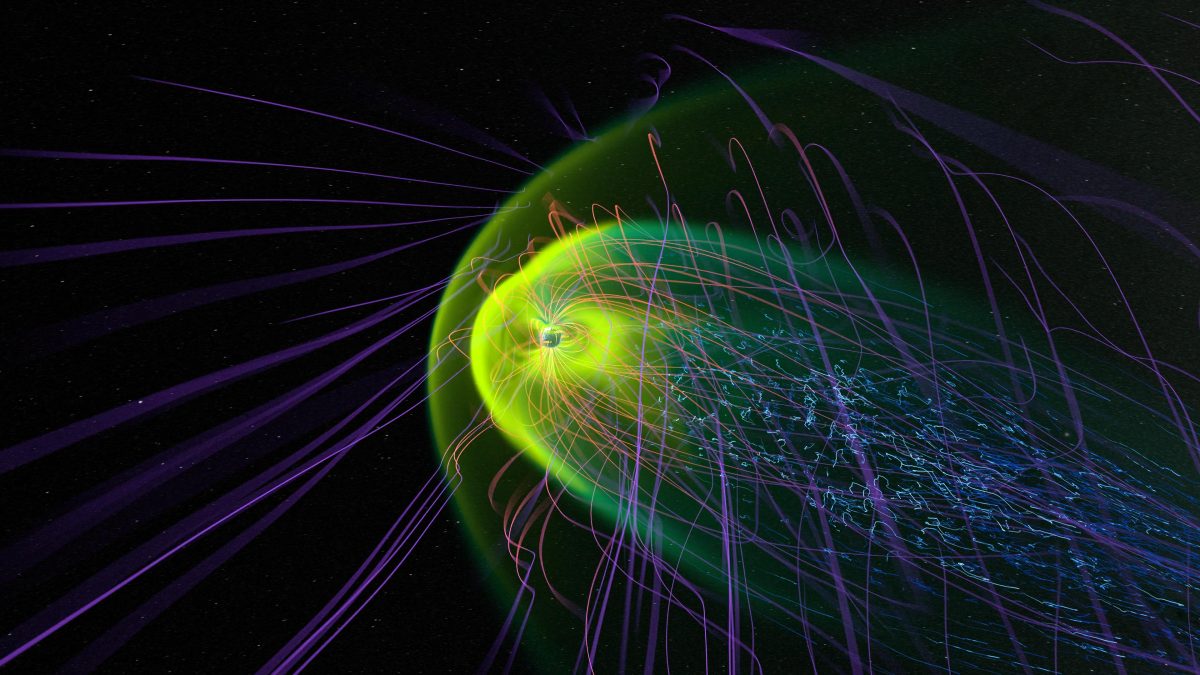



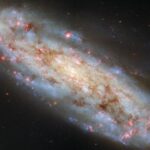
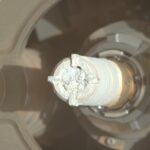





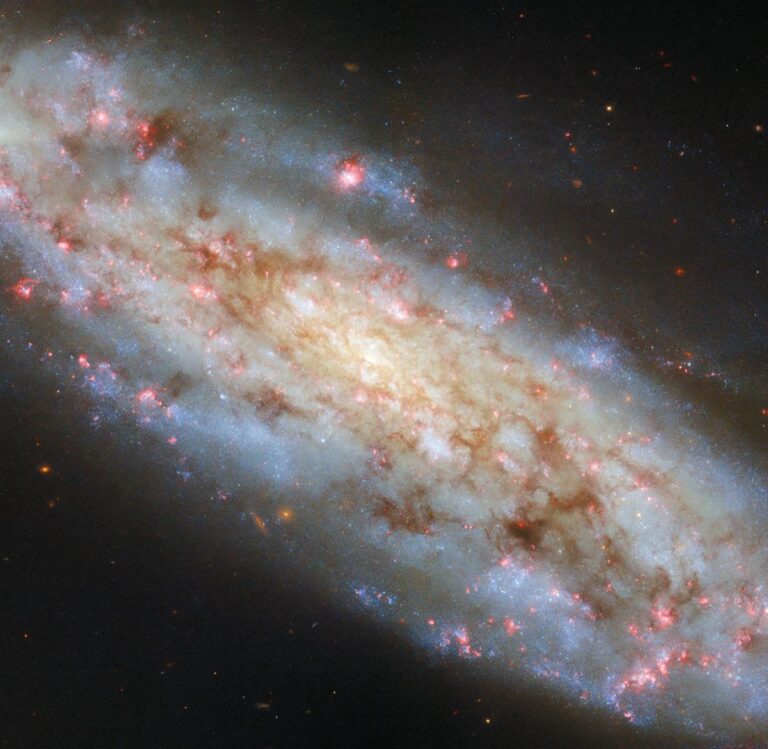


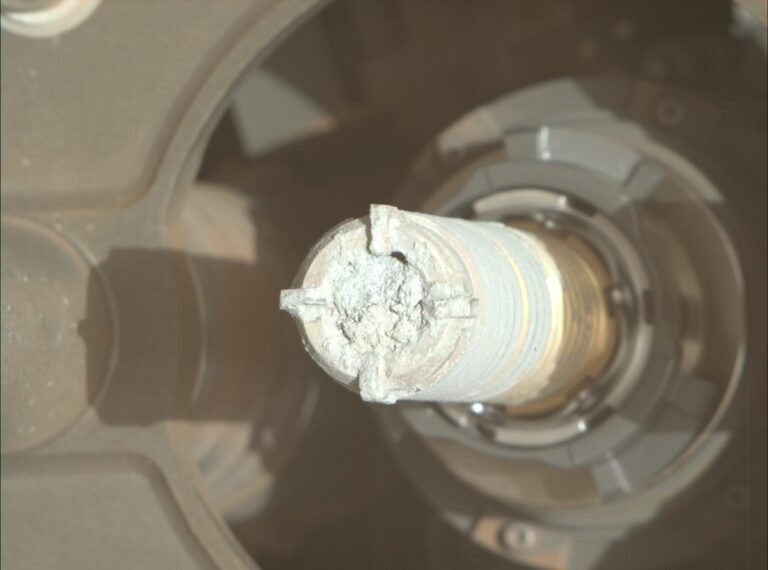
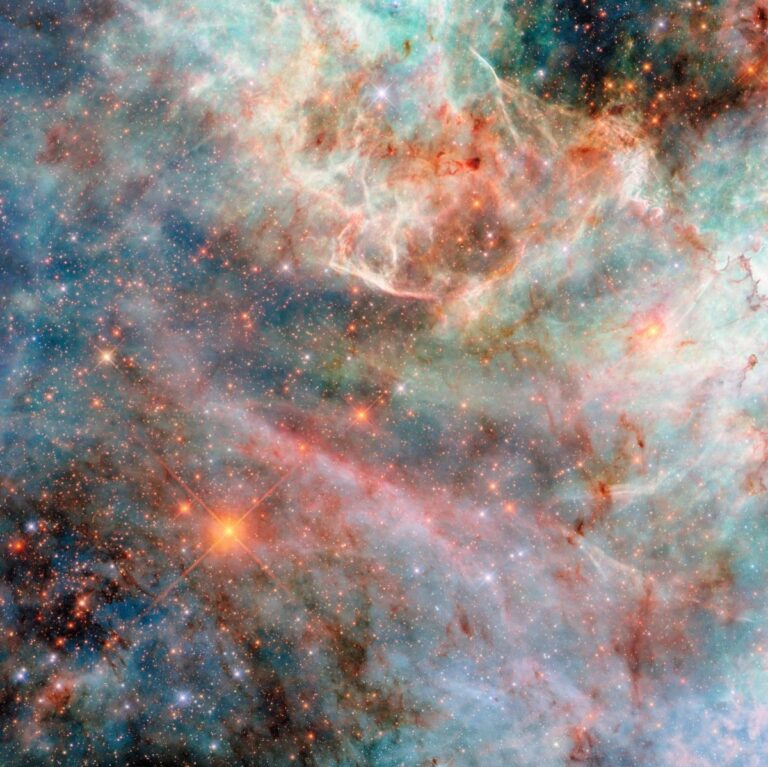

+ There are no comments
Add yours